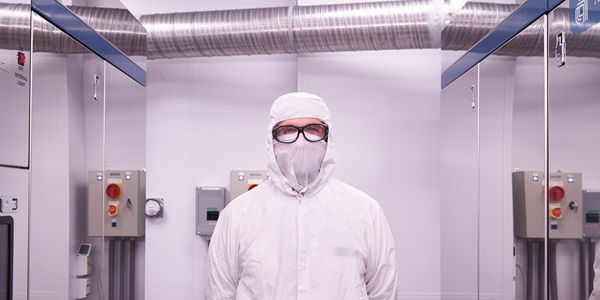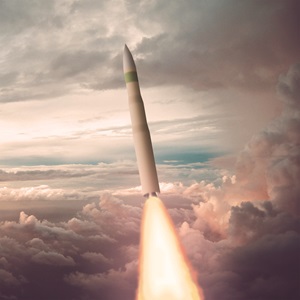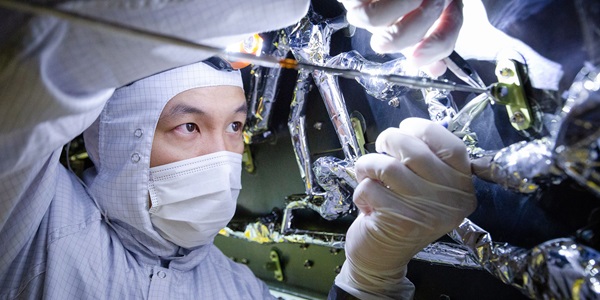Mentorship and Digital Engineering Go Hand in Hand
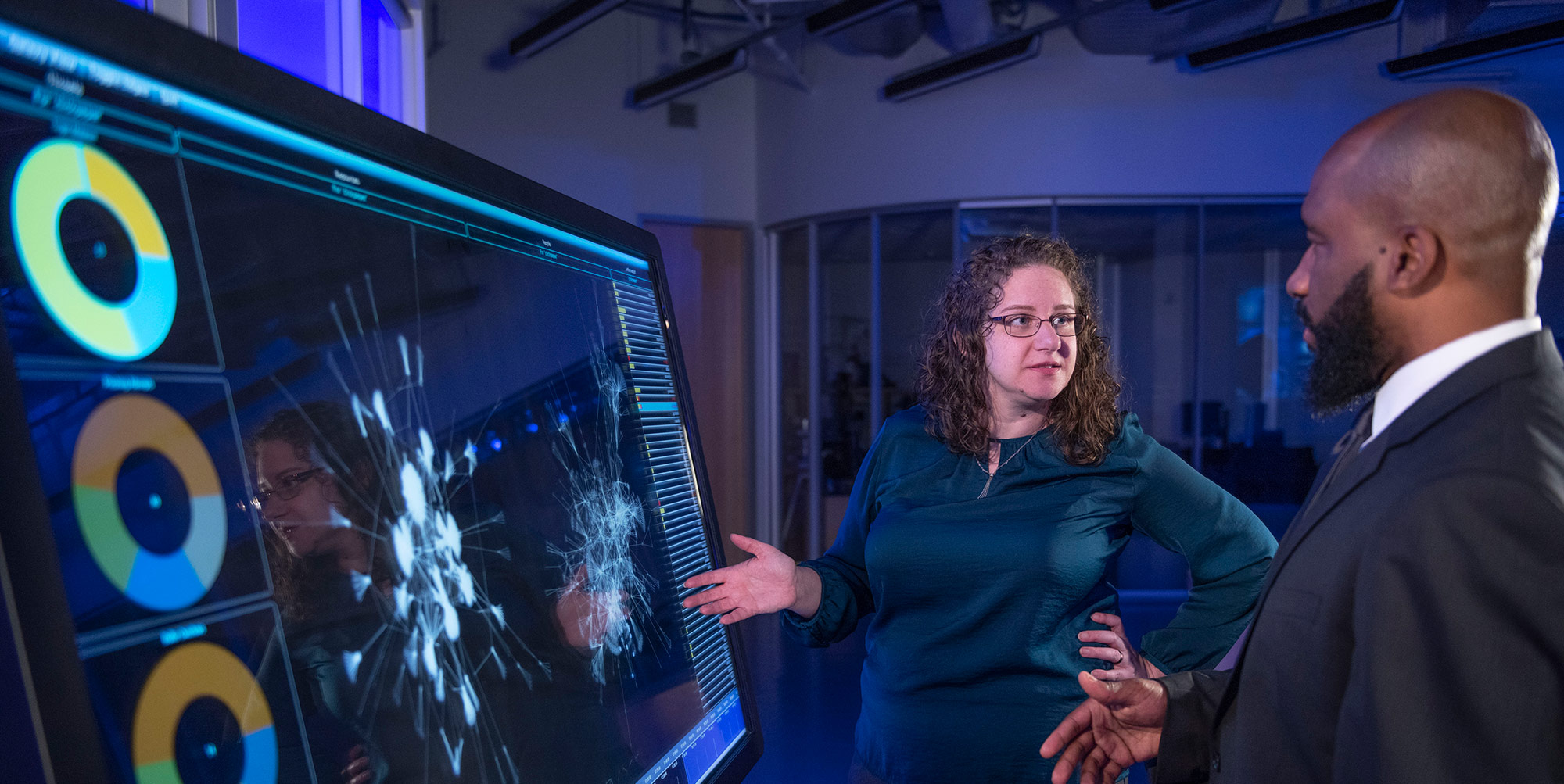
By Tracy Staedter
It was a daunting endeavor. A variety of subsystems that were traditionally worked on independently had to be moved into one ecosystem, where changes to one subsystem would interact and influence others in real time. Casey Elliott had been hired to manage that process, and put digital engineering into practice. Digital engineering is exploring technology and processes that would pull standalone tools and software used by the company's technical experts, designers and program managers into a cohesive digital environment.
She couldn't wait to roll up her sleeves.
"Doing it this new way was very appealing to me," says Elliott. With 12 years of experience as an engineer, she was up for the challenge. But she'd never worked in a model-based, fully digital system. After some initial training and with mentorship support from her boss, Kerron Duncan (who at the time was the Modeling, Simulations and Analysis manager), Elliott helped her team accomplish their goals and eventually stepped into a leadership role.
Our customers are asking us to be more agile and develop systems that are more resilient. It's hard to do that if you don't have a pipeline of amazing, diverse talent.

Integrating Systems and Knowledge Sharing
Traditional engineers in different disciplines use their own tools, data, simulations and analysis to build and design components, says Duncan. A mechanical engineer may use computer-assisted-design (CAD) tools, for instance, to show a particular structure and run analysis from a structural standpoint. The team would then procure the component, get it assembled, test it and eventually collaborate with other groups. But design modifications found too far down the development road can cause delays and increase costs.
Digital engineering can't be done in isolation, Duncan notes. Mechanical analysis needs to happen in conjunction with electrical, thermal, digital and radio frequency. "It needs a multidisciplinary approach that's truly integrated," he says.
Duncan and his team are enabling engineers from various disciplines to not only access information, models and data from one location but also insert those tools into an environment that supports collaboration. People from different working groups will be able to talk, share and converse around one project. They'll be able to run simulations that show how their part of the solution integrates with the whole.
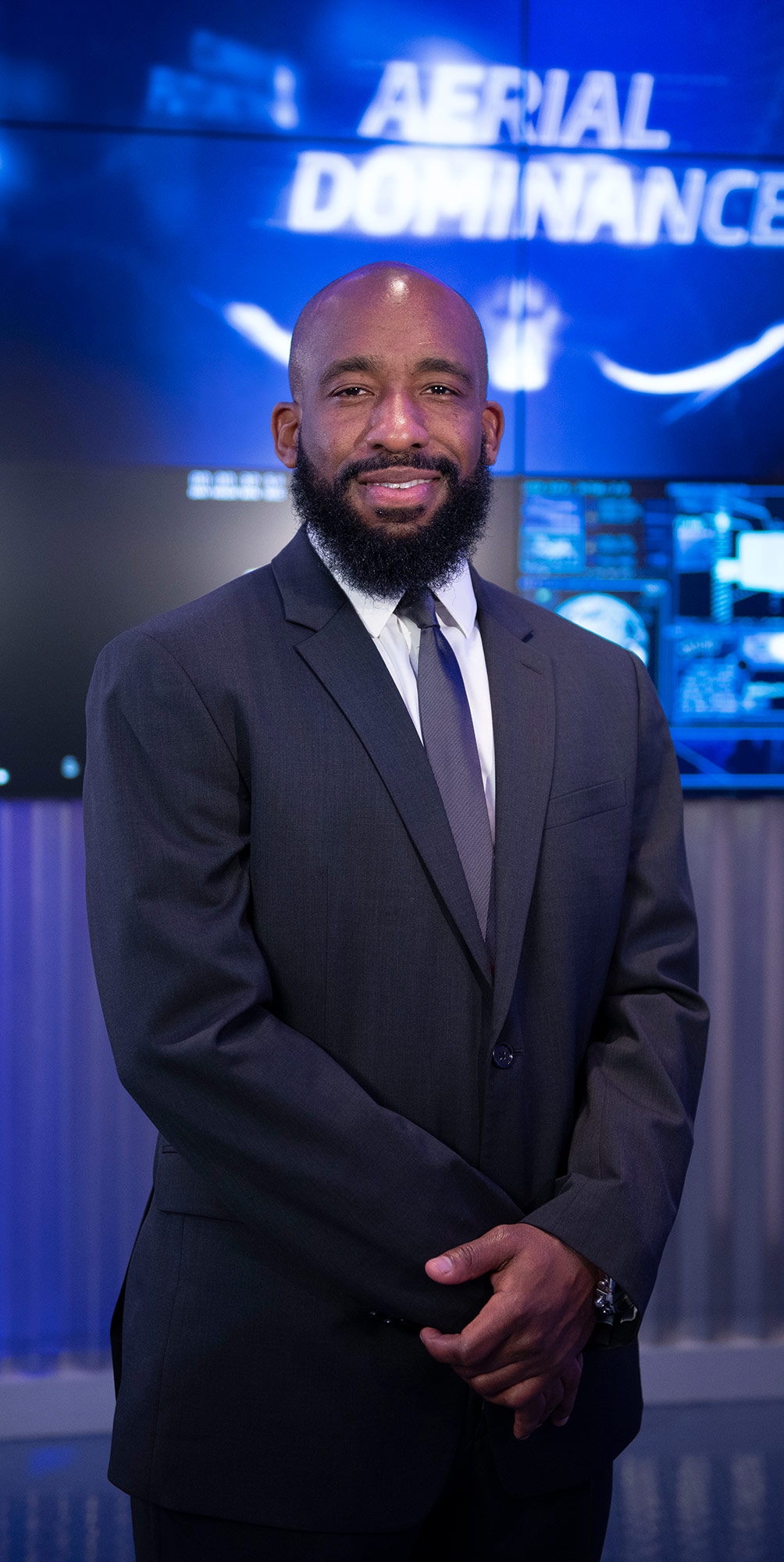
Improving Technology and Developing Relationships
Mentoring employees like Casey Elliott bolsters the future workforce. Because she hadn't worked in digital engineering before, she says that she relied on the people around her, including early-career engineers that knew the "ins and outs of the tools and languages." But Elliott had plenty of traditional engineering knowledge. She caught on quickly and was able to share her vantage point with her team.
"As I became more proficient at digital engineering, I became more of an advocate for it," says Elliott. She began to develop ideas for how to improve the technology and processes and started sharing them with Duncan and asking him for advice. "I would see him in the hall or make an appointment. His door was always open," she says. Soon, she found herself coaching the less-experienced systems engineers to help them bridge the knowledge gap.
"She saw a need to take new graduates under her wing," says Duncan. "She was helping to inform them and teach them. Without her, we wouldn't have been able to bring those folks on board."
It was also important to communicate to mid- and senior-level colleagues that digital engineering would supplement their jobs, not make them obsolete, says Elliott. Long-term, they'd be using their wisdom to look at larger sets of data to make more impactful decisions. But short-term, their expertise was critical to proving out the processes. To help foster relationships, she organized regular potluck gatherings where employees across teams would talk over food and play games. It allowed people to mingle, share ideas and solutions.
"We are all smart, but we are amazing when we can leverage the smarts of one another," says Elliott.

Becoming a Leader and Empowering the Workforce
Over time, Elliott took on more and more of a leadership role. About a year after coming on board, the team was ready to present the results of their project to senior management. Duncan encouraged Elliott to do the presentation. When the day arrived, she was nervous, but he assured her that she was the expert and could do it. Duncan says she pulled it off, conveying the message and the benefits of the new technology and process.
"All the things that could have gone wrong didn't," he says. "It was the dream of the overall project." Senior management called the presentation "a DaVinci moment."
The culmination of Elliot's progress occurred the day Duncan called her into his office to share some news. He'd been offered a new position in a different part of the company and was recommending Elliott to take over his role.
"I was pretty stunned," says Elliott, but she was ready to accept it. She is thankful for Duncan's guidance.
"Having the mentorship, having him guide me on the technology and the vision of where the tech and process could go — that was the biggest thing," she says. As she steps into the role of mentor, she takes that advice forward, looking out for those in her charge and thinking about how they can grow.
Supporting employees through mentorship bolsters the workforce, empowering them with the tools needed for the future.
More innovation stories
Read all stories about advanced technology and innovation >>
